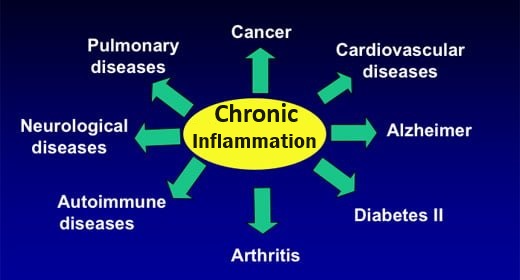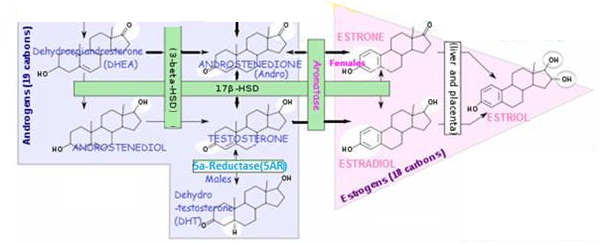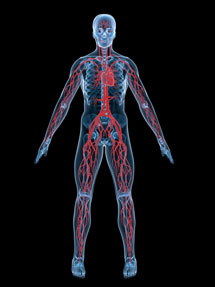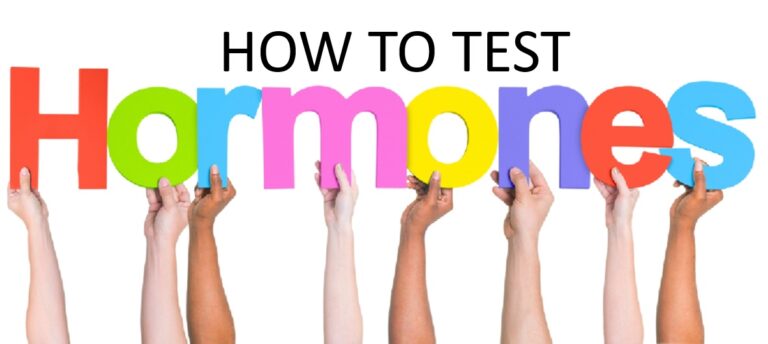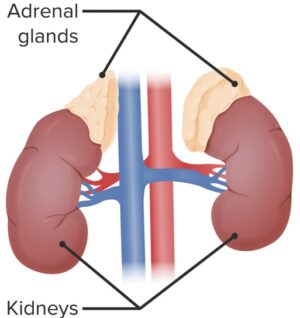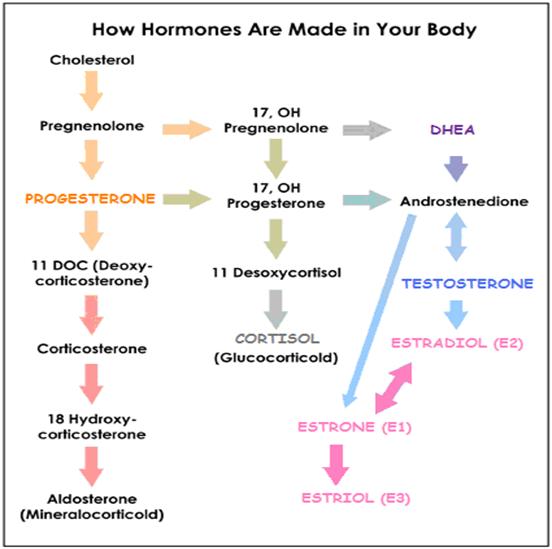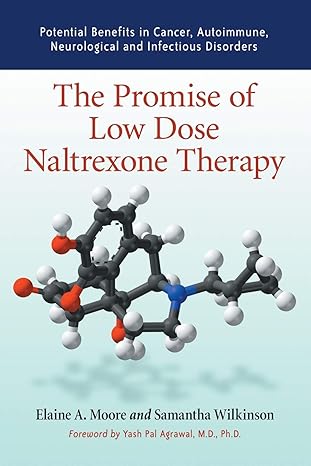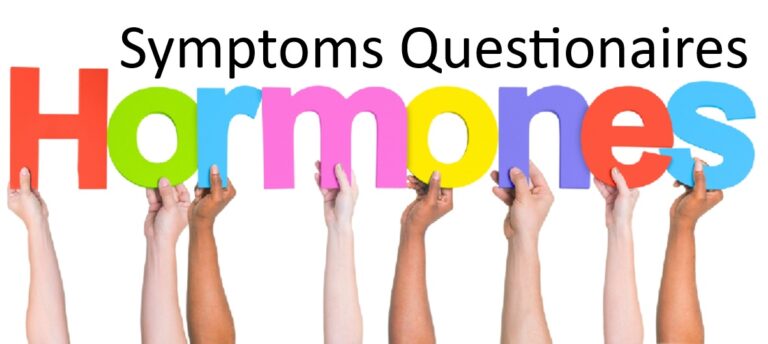Cell Messengers - "Signaling Molecules"
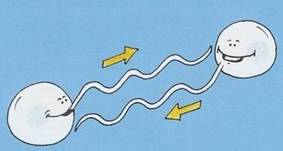
What are signaling molecules?
Signaling molecules enable cells to be aware of and correctly respond to their environment. This provides cells the basis for their development / growth, tissue repair, immunity, and tissue homeostasis
A signaling molecule is a chemical involved in transmitting information between cells
- Released from the cell sending the signal
- Transverses the gap between cells by diffusion.
- Interacts with specific receptors on the cell surface of another cell, which triggers a response. It does this by activating a series of enzyme-controlled reactions which lead to changes inside the cell.
Types of signaling molecules. Include hormones, neurotransmitters, eicosanoids (local hormones), cytokines and growth factors,

Hormones
Hormones regulate the body’s biochemical reactions for everything the body does and makes. A balanced hormone presence will decrease the symptoms of aging (aging skin, memory loss, fatigue, aches /pains / stiffness, shortened life-span) and restore vitality, sexuality, a slim figure, a good attitude, healthier bones, a healthier heart, and a sharper brain.
Present in all multi-cellular organisms, a hormone is a “communication device”. A hormone takes the form of a chemical messenger that transports a signal from one or more cells to other cells in the organism, to affect a change in the receiving cells. Only a small amount of hormone is required. Different hormones work together to regulate many body functions, including:
- Mood
- Tissue function
- Growth and Development
- Metabolism
Some better-known hormones include:
- The sleep hormone – MELATONIN
- The mood hormone – SERATONIN
- The thyroid hormones – THYROXINE (T4) and TRIIODO-THYRONINE (T3)
- Fight or flight hormone – EPINEPHRINE (ADRENALINE)
- Allergy hormone – HISTAMINE
- Sex hormones – ESTRADIOL, ESTRONE, ESTRIOL, TESTOSTERONE, PROGESTERONE
- Water balancing hormone – ALDOSTERONE
For more information on hormone production, their effects and how they travel:

Neurotransmitters
Neurotransmitters are chemicals in the body that transmit signals from a nerve cell (neuron) to a target cell across a synapse
- An adjacent nerve cell
- A muscle fiber -to stimulate movement
- A body organ cell
- Other tissue cell
Some neurotransmitters are also hormones, for example:
- SERATONIN
- MELATONIN
- HISTAMINE
Here are a few more of the better-known neurotransmitters:
- ACETYLCHOLINE
- DOPAMINE
- NITRIC OXIDE
- GABA
For information on neurotransmitters and their functions:

Eicosonoids -"Local Hormones"
Eicosonoids are lipid signaling molecules that act like hormones, but only in the vicinity of the cell which produces them. 20-carbon-length Essential Fatty Acids (EFAs) (i.e. DGLA, AA, EPA) reside in the phospholipid bi-layer of the cell membrane and convert with or without enzymes to eicosanoids (eico is Greek for 20) by sequential oxidation of AA, DGLA or EPA.
There are four types of eicosonoids:
(1) Prostaglandins (PG)
Produced by all nucleated cells except lymphocytes – by COX enzymes andterminal prostaglandin synthases (E.g. Prostaglandin-E
- COX-1 – responsible for the baseline levels of prostaglandins.
- COX-2 – produces prostaglandins through stimulation (PGs increased by COX-2 in inflammation).
- COX-3 -thought to exist in brain, may be involved in headache mediationby NSAIDs (E.g. aspirin, ibuprofen)
- – Prostaglandins have a variety of effects depending on the type of responding receptor
- Cause constriction or dilation in blood vessel muscles (vascular smooth muscle cells)
- Cause blood clotting or unclotting (platelet aggregation or disaggregation)
- Sensitize spinal neurons to pain
- Induce labor
- Decrease pressure in eye
- Mediate inflammatory reactions
- Regulate calcium movement
- Regulate hormones
- Control cell growth
- Acts on hypothalamic thermoregulatory center to produce fever
- Increases flow rate of filtered fluid through the kidney.












